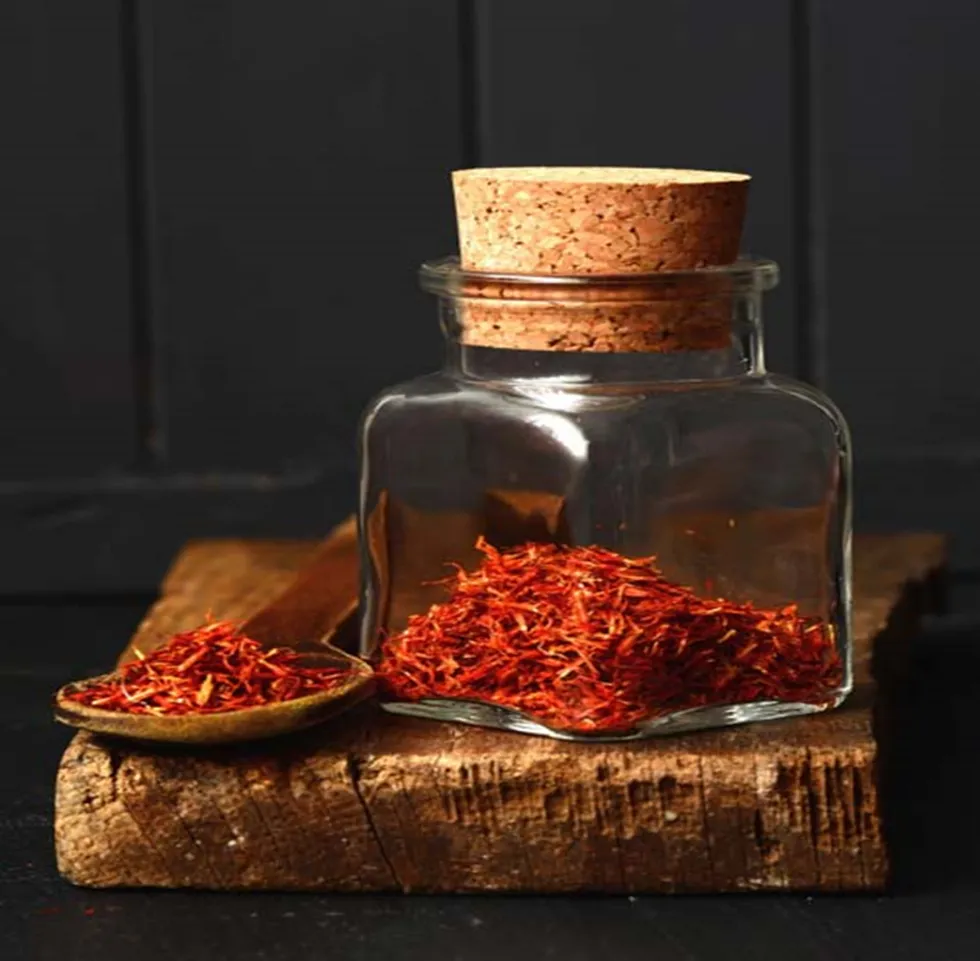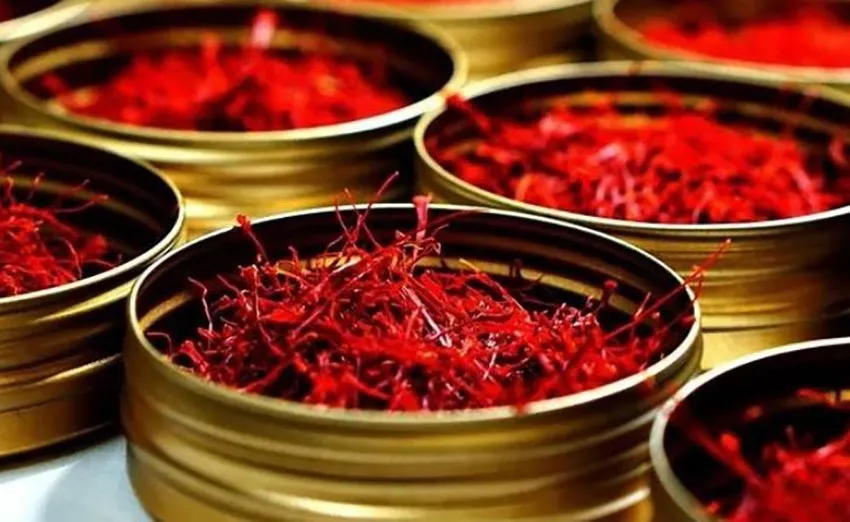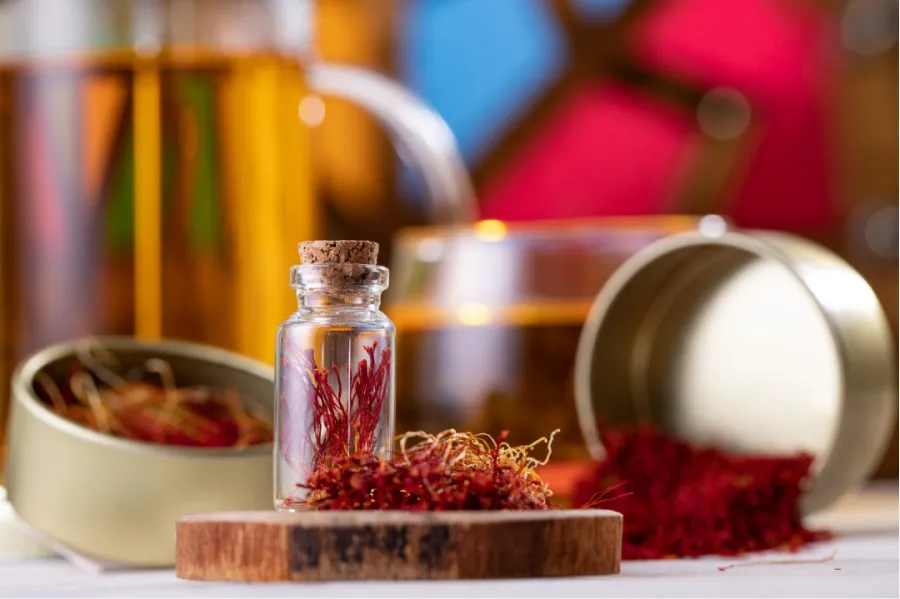Before understanding the methods of saffron storage, we must first know that this plant originally originates from the Middle East and has long been used as a spice, seasoning, fragrance, and dye. A high-quality and original product is very important to benefit from all its properties, and this spice has been highly regarded for a long time and has been introduced as the most expensive spice in the world. Also, the method of storing saffron has a great impact on maintaining its quality, aroma, and color; to maintain the quality and properties of red gold, appropriate saffron storage methods must be used to preserve its aroma, color, and taste for a long time. A top method for preserving saffron is to keep it in sealed, transparent glass or plastic jars. This type of packaging prevents moisture and air from entering and allows it to be stored in optimal conditions. Saffron storage directly influences its shelf life and quality, and utilizing glass containers made from UV-resistant materials helps safeguard its color and aroma from damage.
These beautiful threads should be stored in a cool, dry environment. Avoid storing saffron in hot, humid environments or in direct sunlight, as these conditions can reduce its quality.
If saffron is stored in bulk, it can be useful to use special boxes that have a moisture-proof coating. These boxes effectively prevent environmental contamination and temperature changes, and also prevent it from coming into contact with air. Vacuum packaging or glass containers with tight lids are also very suitable options. In this case, saffron is effectively protected from contact with air and moisture, which is very important in maintaining its quality. By following these principles, this product can be stored for a long time without affecting its quality.

What Harms Saffron?
As one of the world’s most valuable spices, saffron is highly sensitive and can easily lose its quality if not stored correctly. The saffron storage method directly influences the preservation of its aroma and flavor, and selecting appropriate conditions can extend the lifespan of this precious spice. In this article, we examine the main factors that can damage this unique spice:
- Direct Sunlight: Direct sunlight can cause the color to fade and diminish its aroma and flavor. Therefore, it is advisable to keep saffron in opaque containers and store them in shaded areas.
- Artificial Light: Artificial lights, such as fluorescent lamps, can also gradually harm saffron over time.
- Excessive Heat: Elevated temperatures may cause saffron to dry out and lose quality. Keep it away from heat-generating appliances like stoves, radiators, or cupboards next to ovens.
- High Humidity: Excess moisture can cause mold and spoilage. Consequently, saffron storage is best maintained in cool, dry environments, avoiding humid locations such as kitchens, particularly in the warmer months.
- Air Exposure: Contact with oxygen causes a loss of aroma and flavor, which is why saffron should always be stored in tightly sealed containers.
Preserving Saffron’s Flavor and Properties
Creating appropriate and correct saffron storage conditions is of utmost importance. Compared to other spices, it has a relatively long shelf life of two years or more, making bulk purchase a practical choice—but only if its properties are preserved. To maximize its longevity, here are some of the best saffron storage tips:
- Drying: The best initial step is to dry saffron. If you buy fresh threads, first dry them by placing the strands between paper towels in a dry, warm place. After about a week, transfer the dried threads into a container.
- Suitable Containers: Store saffron in airtight containers that prevent air circulation. The goal is to protect the spice from exposure to air circulation. Choose the smallest container possible to minimize the amount of air in contact with the saffron. Plastic containers are not ideal as they tend to degrade quality. If you buy in bulk, divide the saffron into several small containers so that each time you open one, you only expose a small amount to air and light. Smaller containers also make it easier to measure and quickly reseal.
- Shield from Light: Saffron threads are delicate and can lose their vibrant hue and fragrance when exposed to light. Store them in opaque jars or wrap them in foil before placing in a container to safeguard against light and air exposure."
- Temperature Control: Ideally, the best way to store saffron is to keep it at a temperature below 68°F; however, if possible, avoid storing it in the refrigerator.As temperature fluctuations cause moisture buildup, leading to clumping and mold growth. If refrigeration is necessary, remember that saffron’s quality can only be maintained for about two weeks in the fridge. When removing it for use, minimize exposure to humidity by promptly resealing and returning it to cold storage.

Storage Process
- Grinding: Grinding saffron is simple and can be done with common household tools, preferably wooden ones. After grinding, break it into small pieces.
- Brewing Saffron: The highest quality brewing method uses ice water, which extracts more color and preserves the saffron longer for freezing. Of course, you can also use the traditional method: pour a small amount of boiling water over the saffron, then place the resulting solution over indirect heat and allow the color to fully infuse into the water while some of the water evaporates. After cooling, the solution can be portioned into small ice cube trays and frozen for easy and convenient use. Refrigerated saffron solutions should not be stored for more than two weeks, as they lose color and develop off-flavors after this period.
Dry and Threaded Saffron Storage
Due to saffron’s sensitivity to environmental factors, proper storage of dry, threaded saffron is particularly important. Its quality, aroma, taste, and color are greatly influenced by how it is stored. The best storage temperature ranges from 15 to 20°C (59 to 68°F).Avoid placing threads near sinks, refrigerators, or stoves where moisture and heat are prevalent. Under optimal conditions, saffron threads can be stored for up to two years, though it is better to use them sooner to maintain peak quality.

Summary
In summary, when storing saffron at home, besides choosing the best saffron storage container, the ideal location is a kitchen cabinet not directly exposed to sunlight. Wooden cabinets or drawers are preferable, as metal easily absorbs heat, which can harm the spice and reduce its strong aroma and flavor. Wooden storage areas provide the best environment.
Proper saffron storage can extend its shelf life beyond two years; however, it is best consumed within this period to retain its full properties. Additionally, always purchase saffron from reputable sellers or trusted online stores to ensure product authenticity and quality.
Ready to savor the vibrant aroma and golden glow of perfectly stored saffron? Discover our premium saffron, hand-harvested from Iran’s finest farms and sealed in UV-protected packaging to lock in its essence. Elevate your dishes with the true taste of red gold—visit our shop now and bring home authenticity with every strand.